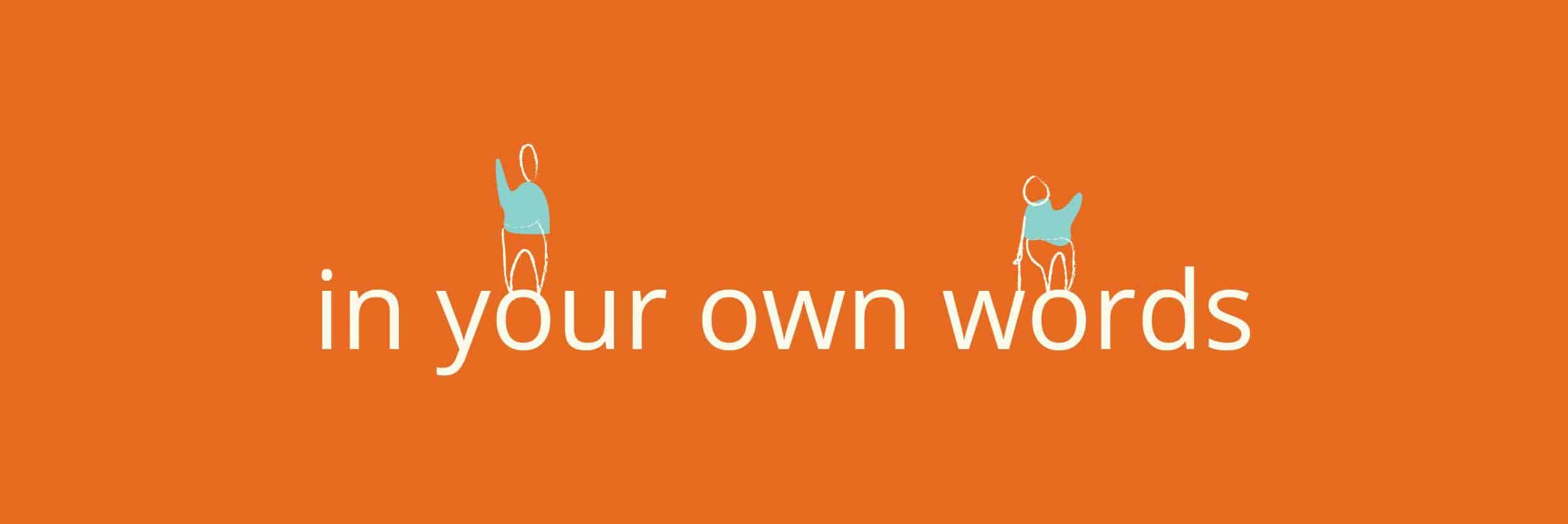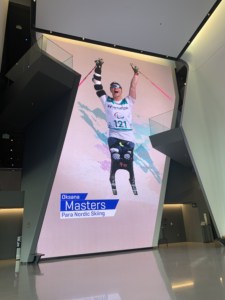Opening of the US Olympic and Paralympic Museum
By Amanda McGrory
On June 20th, 2019, the Board of Directors of the United States Olympic Committee (USOC) voted unanimously to change the name of the USOC to include their commitment to representing, supporting, and uplifting Paralympic sport within the United States. The United States Olympic and Paralympic Committee (USOPC) became just one of four national Olympic committees around the world reflecting their dedication to Paralympic athletes in the name of their organization. Within minutes, visible changes started to occur – employee email addresses were updated from “.usoc” to “.usopc”, social media channels were merged into one “@TeamUSA” handle, and the US Paralympics website disappeared as its athletes, sports, and competitions were officially integrated into teamusa.org.
As soon as the decision was announced, the still-under-construction US Olympic Museum chose to follow suit and immediately change its name as well. The brand-new US Olympic and Paralympic Museum had already made their commitment to supporting athletes and visitors with disabilities a major focus during the planning process; including “Paralympic” in the title was just the final step. Slightly over a year after the name change, the US Olympic and Paralympic Museum celebrated their grand opening in July of 2020. As the archivist and collections curator for Team USA, I was fortunate enough to be invited to a soft opening and taken on a private tour by a group of the designers and the CEO, Chris Liedel.
The planning committee of the Museum set a lofty goal to be the most accessible facility of its kind in the world, and their commitment to that goal is evident from the moment you enter the front doors. Each guest receives a personalized key card upon registration, which is then activated at an accessible kiosk inside the Museum or by scanning the card’s QR code with any smart phone. Guests are given the opportunity to enter personal information, select their favorite Olympic and Paralympic sports, and note any accessibility needs – including mobility and hearing impairments, and sensory sensitivities. As guests move throughout the Museum, sensors read the key card’s embedded RFID, and use that information to personally welcome you to different exhibits, display information related to your favorite sports on the different interactive screens, and even automatically reduce lights and sounds in certain areas to create sensory-reduced environments.
The Museum’s commitment to inclusion is demonstrated in the design of their exhibits as well. Instead of dividing the different galleries to separate out the different histories of the Olympic and Paralympic Games, the two are presented together. The historical exhibit begins thousands of years ago with the ancient Olympic Games, moves forward to the birth of the modern Olympics, and finally, in the 1960s introduces adapted sports and the first Paralympics. Winter and Summer galleries display artifacts from well-known Olympians (such as Serena Williams and Peggy Fleming) alongside their equally illustrious Paralympic counterparts (such as Jean Driscoll and Oksana Masters). The “Lab” shows technological improvements and advancements in running prosthetics for athletes with amputations, alongside the evolution of the running shoe, and how synthetic materials replaced leather and suede for reduced weight and increased durability.
As a veteran athlete of Team USA and Paralympian, it’s been an incredible experience to have the opportunity to play a role, however small, in the advancement of Paralympic sport in the United States and around the world. I’m so proud of the US Olympic and Paralympic Committee, and the Museum, for their increased commitment to the Paralympic movement and the visible changes that have occurred thus far – as well as those on the horizon. There’s still room for growth within the greater disability rights movement in the United States, but representation does matter, and inclusion is powerful. This is a big step that will hopefully serve as an example to be followed by other organizations as we continue to move forward on this journey.
For those interested in visiting, the Museum is located in downtown Colorado Springs, CO and open daily from 10am – 5pm, with extended hours on Saturday. You can find more information about the Museum and plan your visit at their website: usopm.org
Amanda McGrory contracted Transverse Myelitis in 1991 at the age of five. After struggling for years to adjust to her new life with a disability, she was introduced to wheelchair sports through the Variety Club of Philadelphia. Amanda continued with sports through high school, securing an athletic scholarship to the University of Illinois at Urbana-Champaign. Amanda is a three-time Paralympian in Track and Field. In July of this year, she accepted a position as the new Team USA Archivist and Collections Curator and made the move to Colorado Springs, Colorado where she works at the US Olympic and Paralympic Committee headquarters building.






